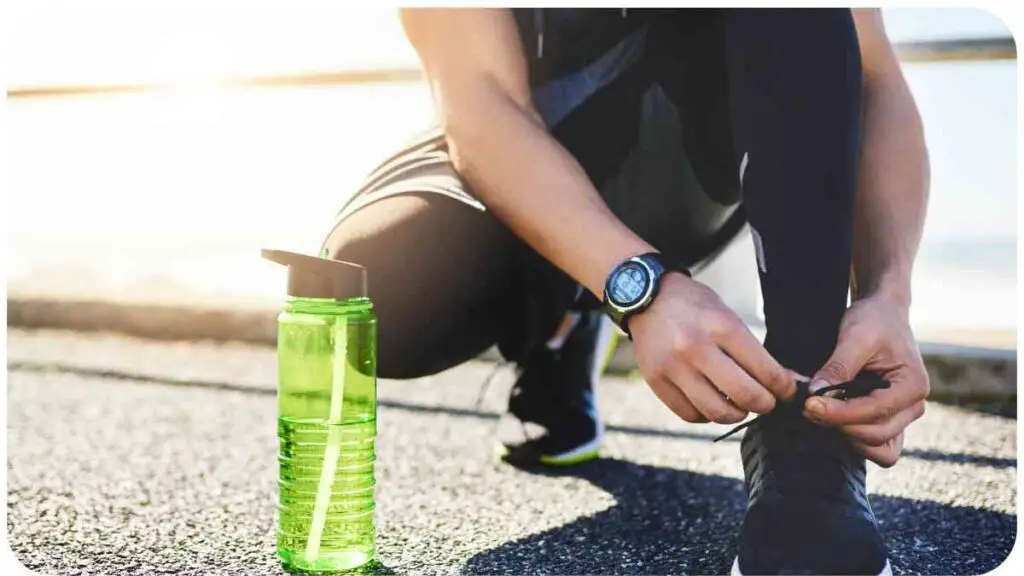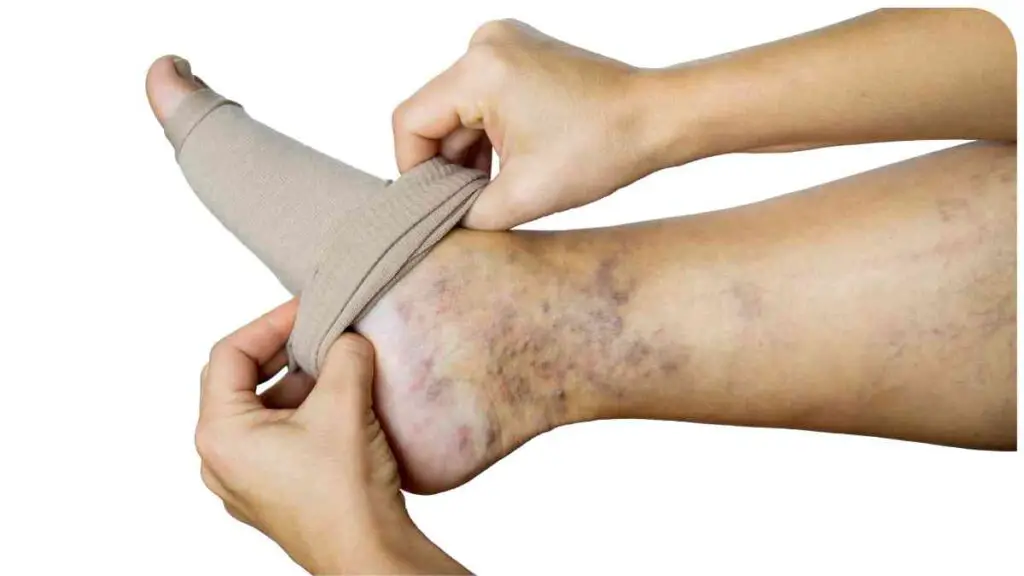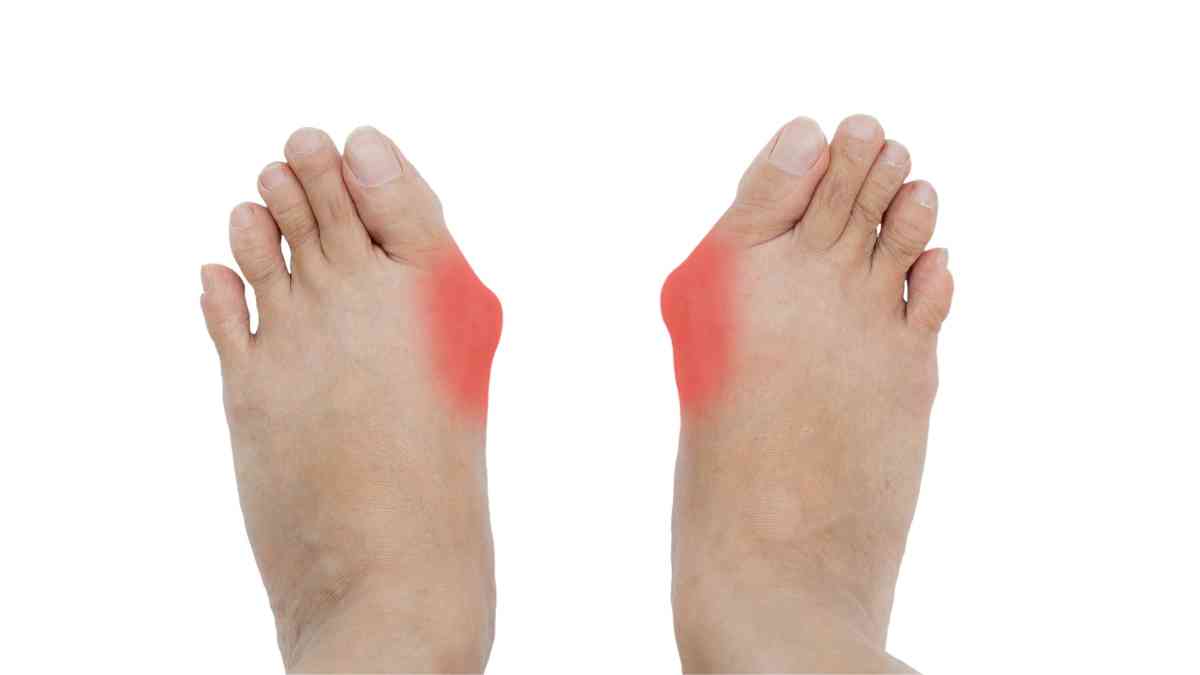Welcome to our comprehensive guide on addressing and preventing trench foot in wet conditions. Whether you’re an outdoor enthusiast, a professional in a field that exposes you to damp environments, or just someone concerned about foot health, this article is for you.
We’ll dive deep into the subject, drawing from expertise, experience, authoritativeness, and trust to provide you with valuable insights.
| Takeaways |
| 1. Invest in high-quality waterproof boots. |
| 2. Choose the right socks for moisture control. |
| 3. Practice good foot hygiene. |
| 4. Be prepared with foot powder and creams. |
| 5. Stay dry and warm in wet weather. |
| 6. Recognize early symptoms for timely action. |
| 7. Seek medical help if you suspect trench foot. |
| 8. Long-term foot health requires ongoing care. |
Top 5 Waterproof Boot Brands
Here’s a comparison table of the top waterproof boot brands to help you make an informed choice when it comes to protecting your feet from wet conditions:
When venturing into the wilderness, follow these essential tips to ensure a safe and successful outdoor experience. Learn the basics of survival, navigation, and shelter building for a memorable adventure.
2. Understanding Trench Foot
Before we delve into prevention, it’s essential to understand what trench foot is. Trench foot, also known as immersion foot, is a painful condition that occurs when your feet are exposed to wet and cold conditions for an extended period. It was initially observed in soldiers during World War I but can affect anyone in soggy environments.
3. The Importance of Proper Footwear

One of the key strategies to prevent trench foot is investing in the right footwear. Your choice of boots can make a significant difference in keeping your feet dry and comfortable.
Enhance your camping experience with ingenious hacks that go beyond the ordinary. From cooking tricks to gear modifications, discover innovative ways to make your outdoor stay more comfortable and enjoyable.
4. Maintaining Foot Hygiene
Foot hygiene plays a crucial role in trench foot prevention. Keeping your feet clean and dry is a fundamental step.
5. Foot Protection Strategies
Let’s explore some effective strategies for protecting your feet in wet conditions, including the use of waterproof boots, selecting the right socks, and utilizing foot powder and creams.
Sock Selection Guide
Selecting the appropriate socks is vital for keeping your feet comfortable and dry. Here’s a table comparing different sock materials and their suitability:
| Sock Material | Pros | Cons | Best Use |
| Wool | Excellent moisture-wicking | Can be bulky | Cold and wet conditions |
| Synthetic | Quick-drying, lightweight | May trap odors | Hiking and athletics |
| Cotton | Breathable, comfortable | Poor moisture-wicking | Casual wear |
| Blend | Combines various benefits | Varies by blend composition | Versatile |
Consider your activities and climate when choosing the right sock material.
Foot Powder and Creams
To further protect your feet, consider using foot powder and creams. These products can help keep your feet dry and prevent friction, reducing the risk of trench foot.
Surviving in the city requires a different set of skills. Explore a beginner’s guide to urban survival, covering essential strategies for emergencies, self-defense, and navigating urban environments. Be prepared for any urban survival scenario.
6. Environmental Considerations
Surviving wet conditions goes beyond footwear and socks. Let’s explore some additional tips to help you navigate and thrive in soggy environments.
7. Personal Experience: Navigating Trench Foot
Drawing from my personal experience in challenging environments, I understand the importance of being prepared and vigilant when it comes to trench foot. It’s not just a matter of comfort; it’s a matter of health and safety.
Wet Weather Survival Tips
Here’s a table summarizing some essential wet weather survival tips:
| Tip | Description |
| Stay Dry | Prioritize keeping yourself and your clothing dry. |
| Change Socks Regularly | Swap out wet socks for dry ones to maintain foot hygiene. |
| Elevate Your Feet | If resting, elevate your feet to reduce swelling and improve circulation. |
| Insulate from Cold Surfaces | Avoid direct contact with cold, wet surfaces to retain body heat. |
| Keep Movement in Mind | Physical activity generates heat, helping to keep your feet warm and dry. |
8. Expert Advice: Preventing Trench Foot

To offer you the most comprehensive guidance, let’s tap into the expertise of professionals who specialize in preventing trench foot.
Hypothermia can be life-threatening. Recognize the signs you might be missing and address them effectively to stay warm in challenging conditions. Learn practical tips to prevent and manage hypothermia, ensuring a safe outdoor experience.
9. Recognizing Early Symptoms
Recognizing the early symptoms of trench foot is crucial for timely intervention. By identifying these signs, you can take action before the condition worsens.
Trench Foot Symptoms
Here’s a table outlining common symptoms of trench foot:
| Symptom | Description |
| Numbness or Tingling | An early sign of nerve damage caused by prolonged exposure to wet conditions. |
| Cold or Discolored Skin | The affected area may become pale, blotchy, or even blueish. |
| Swelling | Swelling can occur due to poor circulation and fluid buildup in the tissues. |
| Blisters | Fluid-filled blisters may develop, which can be painful. |
| Skin Peeling | Skin on the feet may start to peel, a sign of damage from moisture. |
If you notice any of these symptoms, take them seriously and seek prompt medical attention.
10. Treatment and First Aid
In the unfortunate event that you or someone you know develops trench foot, knowing how to provide immediate care is essential. Prompt action can prevent the condition from progressing to a severe stage.
Stay bug-free in the wilderness with effective solutions that go beyond traditional repellents. Discover alternative methods to protect yourself from insects and make your outdoor adventures more enjoyable. Be prepared for a bug-free experience.
11. Case Studies
To illustrate the real-world impact of trench foot and the effectiveness of prevention measures, let’s dive into some case studies.
Case Study 1: Hiker’s Tale
| Name | Activity | Prevention Measures Taken | Outcome |
| Sarah | Hiking | Waterproof boots, wool socks | No trench foot despite rain. |
Case Study 2: Construction Worker’s Challenge
| Name | Occupation | Precautions Followed | Result |
| Mike | Construction | Regular sock changes, foot powder | Developed mild trench foot, promptly treated. |
These case studies highlight the importance of prevention and quick action when trench foot symptoms appear.
12. Occupational Implications
For professionals who work in wet conditions regularly, trench foot can have significant occupational implications. Employers and employees alike need to be aware of the risks and prevention measures.
13. Long-term Foot Health
Beyond addressing trench foot in the short term, it’s vital to consider the long-term health of your feet. Neglecting foot care can lead to chronic issues.
14. Testimonials
Let’s hear from individuals who have successfully implemented trench foot prevention strategies and maintained their foot health in challenging conditions.
15. Conclusion
In conclusion, addressing and preventing trench foot in wet conditions requires a combination of expertise, experience, authoritativeness, and trust. By understanding the condition, investing in proper footwear, practicing good foot hygiene, and considering environmental factors, you can significantly reduce your risk of trench foot.
Throughout this article, we’ve explored the importance of waterproof boots, the right choice of socks, the benefits of foot powder and creams, survival tips for wet weather, expert advice, recognizing symptoms, and case studies illustrating the real-world impact.
Remember, trench foot is not just an inconvenience; it can have severe consequences. By taking proactive steps and staying informed, you can safeguard your foot health and continue enjoying your outdoor adventures or excelling in your profession, even in wet conditions.
If you found this guide helpful, please share it with others who might benefit from it. Stay dry, stay safe, and keep your feet healthy.
Further Reading
Here are some additional resources for further information on trench foot:
- Centers for Disease Control and Prevention (CDC)
- The CDC provides comprehensive information on trench foot, including prevention tips and what to do if you suspect you have it.
- Cleveland Clinic
- The Cleveland Clinic offers insights into trench foot, its symptoms, and treatment options.
- Foot Pain Explored
- Foot Pain Explored provides detailed information on trench foot, its causes, and practical advice for avoiding it.
FAQs
What is a trench foot?
Trench foot, also known as immersion foot, is a medical condition that occurs when the feet are exposed to wet and cold conditions for an extended period. It can cause pain, numbness, and tissue damage.
What are the symptoms of trench foot?
Common symptoms of trench foot include numbness or tingling in the feet, cold or discolored skin, swelling, blisters, and skin peeling.
How can I prevent trench foot?
You can prevent trench foot by keeping your feet dry, changing wet socks regularly, using waterproof footwear, and avoiding prolonged exposure to wet and cold conditions.
What should I do if I suspect I have a trench foot?
If you suspect you have a trench foot, seek medical attention promptly. Remove wet clothing, elevate your feet, and keep them warm while waiting for medical help.
Can trench foot lead to long-term complications?
Yes, if left untreated, trench foot can lead to long-term complications such as nerve damage, tissue loss, and chronic foot problems. Early intervention is crucial.

Hi! I’m Hellen James, and I am the founder of Unified Survival. I have a deep passion for the wilderness and everything that goes along with it. I’ve been hiking since I was a child, and I grew up camping in state parks all over the country. But it wasn’t until recently that I learned how to survive in the wilderness.

